World 🢖 Europe 🢖 Italy 🢖 Tuscany
Churches 🢔 Religious architecture 🢔 Architectural wonders 🢔 Categories of wonders
Wonder
Pisa Cathedral
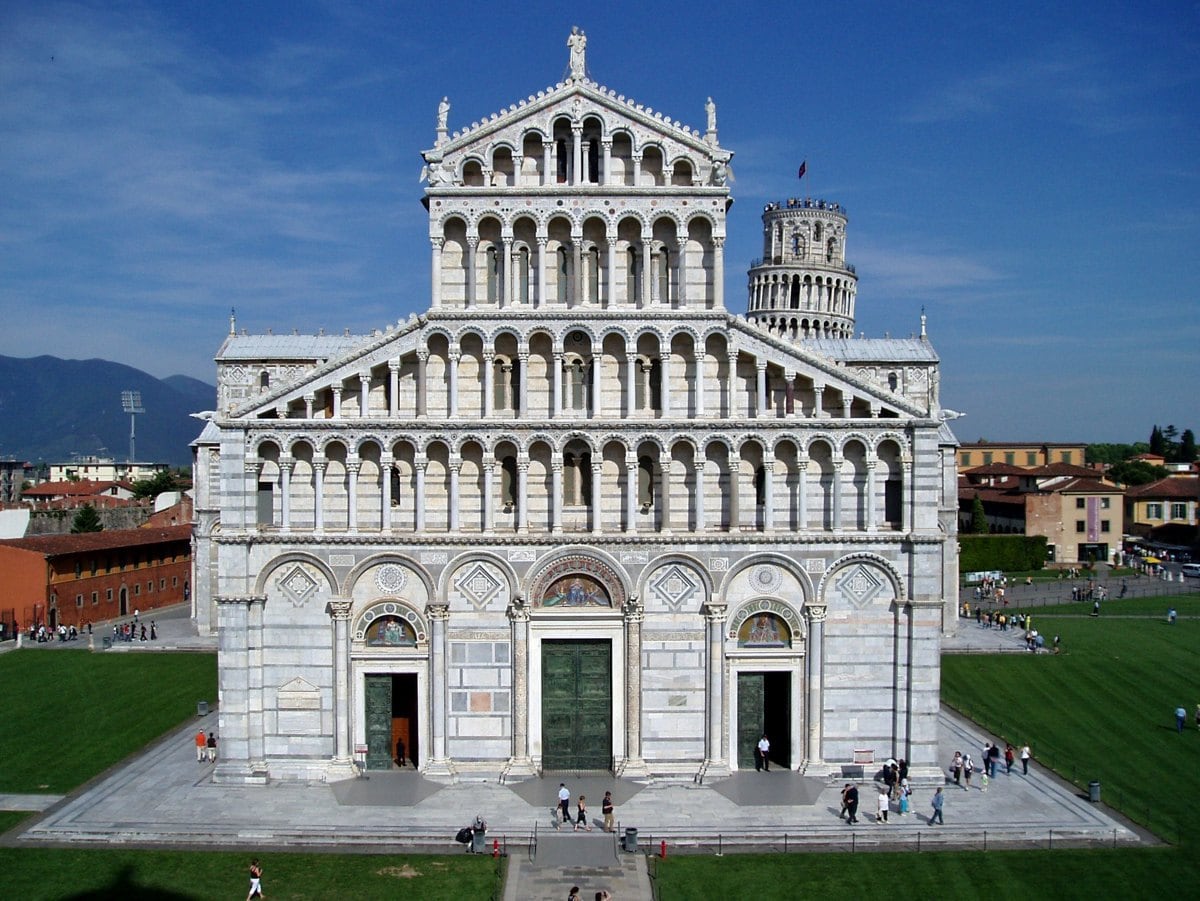
 In short
In short
It seems, everyone has seen the images of the Leaning Tower of Pisa. This means – everyone has seen another beautiful building next to it: the exquisite Pisa Cathedral. In fact, the Leaning Tower is just a more recent bell tower next to the cathedral.
 56.8%
56.8%
GPS coordinates
Full name
Name in Italian
UNESCO World Heritage status
Year of construction
Architectural style
Architects
Branch of Christianity
Height
Map of the site
If you see this after your page is loaded completely, leafletJS files are missing.
 In detail
In detail
Piazza dei Miracoli
The cathedral is the largest and oldest structure in Piazza dei Miracoli – a plaza that contains a world-famous ensemble of several magnificent structures, including the leaning belltower (the Leaning Tower of Pisa) and Pisa Baptistery. The structures are made from similar materials and have a similar expressive style. The Cathedral though was the first structure here and set the style for the next ones.
History
Pisa City

Today Pisa is a comparatively small city but it has a great history. The city was considered to be ancient already in Roman times. It was built at the sea but already in ancient times, sediments of the Arno river shifted the coastline away from the city. Now Pisa is almost 10 km from the sea.
Nevertheless, up to medieval times, Pisa was a major port city that at times managed to control most of the Western Mediterranean. It was a wealthy city, one of the main development centers in present-day Italy before the Renaissance and during it.
Architectural ambitions
In the 11th century, there was started the construction of a new cathedral for Pisa outside the city walls, in the area of the old city cemetery. The initial structure was not too ambitious – Pisa was not that wealthy at that time.
The possibilities changed to the best in 1063. The fleet of Pisa City together with Normans defeated Saracens in Palermo. There was rich loot, including six great enemy trading ships with rich merchandise.
Now Pisans changed their plans and decided to build something that the world has not seen – the largest and most beautiful cathedral ever. Somehow this happened in the same year when the bitter rivals of Pisa in Venice City started their own grand structure – the incredible Saint Mark’s Cathedral. In a way, Pisa in these times looked on Venice from above – after all, Pisa was an ancient, noble city while Venetians seemed to be a quick-get-rich city without accomplished taste.
And, indeed, even if Venice was incredibly rich, Pisa in its new architecture set a new standard of elegance.
Fusion of styles
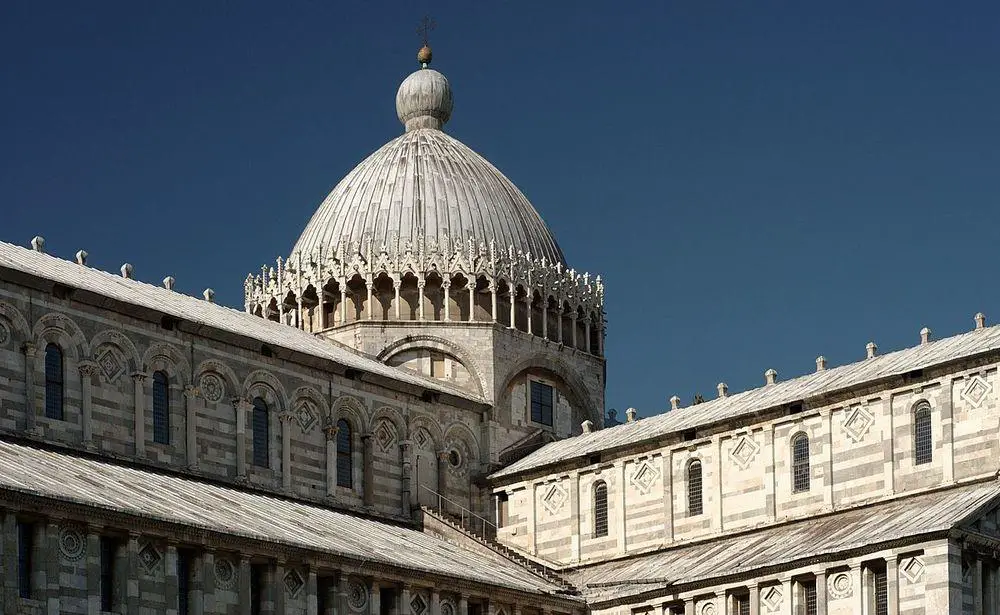
The new cathedral was designed by Buscheto, a very talented and young architect, who worked on this project until 1110. His family might have Byzantine or even Armenian roots and this could influence his creative work. Buscheto decided to fuse the diverse styles of architecture and art known to him. Next architects continued the principles set by Buscheto. And, indeed, the cathedral shows the influence of the Islamic, Byzantine, and Lombardian styles. Some art historians see also the influence of Armenian architecture.
Now Pisa Cathedral is seen as one of the best examples of Romanesque architecture – a local trend of this style which sometimes is called also Pisan Romanesque style. The work of Buscheto inspired the next generations of architects in the region.
Timeline of Pisa Cathedral
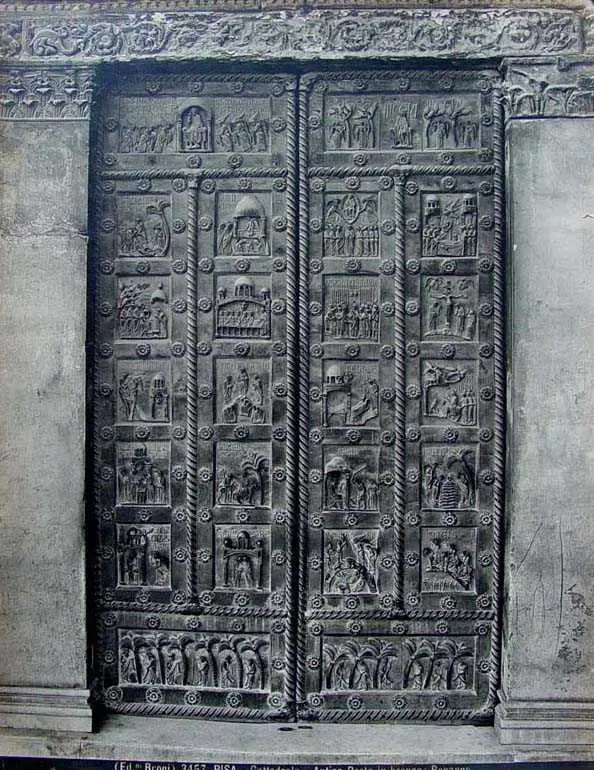
- 1063 – started the construction of the present cathedral. Shortly before here was started cathedral of another design but the project was replaced with the currently visible result;
- 1092 – the main structure is completed. Almost for one century, Pisa Cathedral was the largest church in Europe;
- 1118 – the cathedral is consecrated by Pope Gelasius II who himself was from an influential family originating from Pisa;
- Around 1140 – the cathedral is largely extended and the current beautiful facade is built;
- 1153 – construction of the baptistery starts next to the cathedral. Now, this is the largest and, possibly, the most beautiful baptistery in Italy;
- 1156 – additional walls built to incorporate the new cathedral and buildings around it;
- 1173 – construction of Pisa Tower – a campanile to the cathedral – starts. Some five years later it turns out that the ground does not hold the tower. Amazingly this mishap turns into success – now everyone knows about the Pisa architectural ensemble due to the leaning tower;
- 1302 – 1310 – amazing work of art – the stone pulpit – is created by Giovanni Pisano;
- 1595 – cathedral burns in the fire and most of its medieval art values are lost forever. Step by step new art values are created since then;
- Early 18th century – most of the beautiful frescoes inside the cathedral are created;
- 1926 – the beautiful pulpit is rediscovered (it was packed away during an earlier reconstruction) and set up in the cathedral again.
Description
Exterior
The original design of the cathedral by Buscheto was similar to a Greek cross with an equal length of arms. Nevertheless, the large extension of the cathedral in the 12th century changed this – now the floorplan of the cathedral resembles a Latin cross with one extended arm.
The cathedral emanates the somewhat grave grandeur of the more ancient, first Christian basilicas. At the same time, this was an absolutely modern and innovative structure at its time of construction. Very impressive is the facade with arcades on four levels and enormous, blind arches at the ground level.
The leaning tower shows that the local ground cannot hold heavy structures. Also, the cathedral is sinking into the ground and this is seen by discrepancies between different parts of the structure, which were built at different times.
Interior

Interior is somewhat unusual for Christian churches as it has been influenced by Moorish architecture. Here have been used lancet arches typical for many mosques and alternating black and white marble. Moorish, Islamic influence shows also in the exterior: the dome of the cathedral is not round but elliptical.
The interior has an impressive, tall central nave and four side aisles – two on each side. The wooden, coffered ceiling is embellished with gold but the pavement is made in the cosmati technique.
Church houses remnants of Saint Rainerius – patron saint of Pisa. This man lived in the 12th century and during his youth was a traveling musician. Later he became a devout Christian and a famous preacher, reportedly with miraculous powers.
There is a story (most likely not true) that Galileo formulated his theory about the movement of a pendulum when looking at the swinging of the incense lamp in the Cathedral.

Some of the most interesting works of art here are:
- Saint Rainerius bronze doors with some of the first Italian style bronze bas-reliefs (1180);
- The mosaic “Christ enthroned between the Virgin and Saint John” in the apse. Most of it is made by Francesco da Pisa, but the face of Saint John here is painted by Cimabue in 1302. This was the only fragment that survived the fire of 1595, thus saving the last work of this outstanding painter;
- Pulpit, made by Giovanni Pisano in 1302 – 1310. Currently, the visible pulpit is a replica, but the original also has been preserved. This is a true masterpiece of Gothic sculpture, with many innovations in the art in order to make the sculptural work as life-like as possible;
- 68 massive columns inside: these columns were brought from Sardinia. This island was under the rule of Pisa in these times.
References
- Giuliano Valdes. Art and History of Pisa. 1998. ISBN-10: 888029024X.
Pisa Cathedral is included in the following list:
 Linked articles
Linked articles
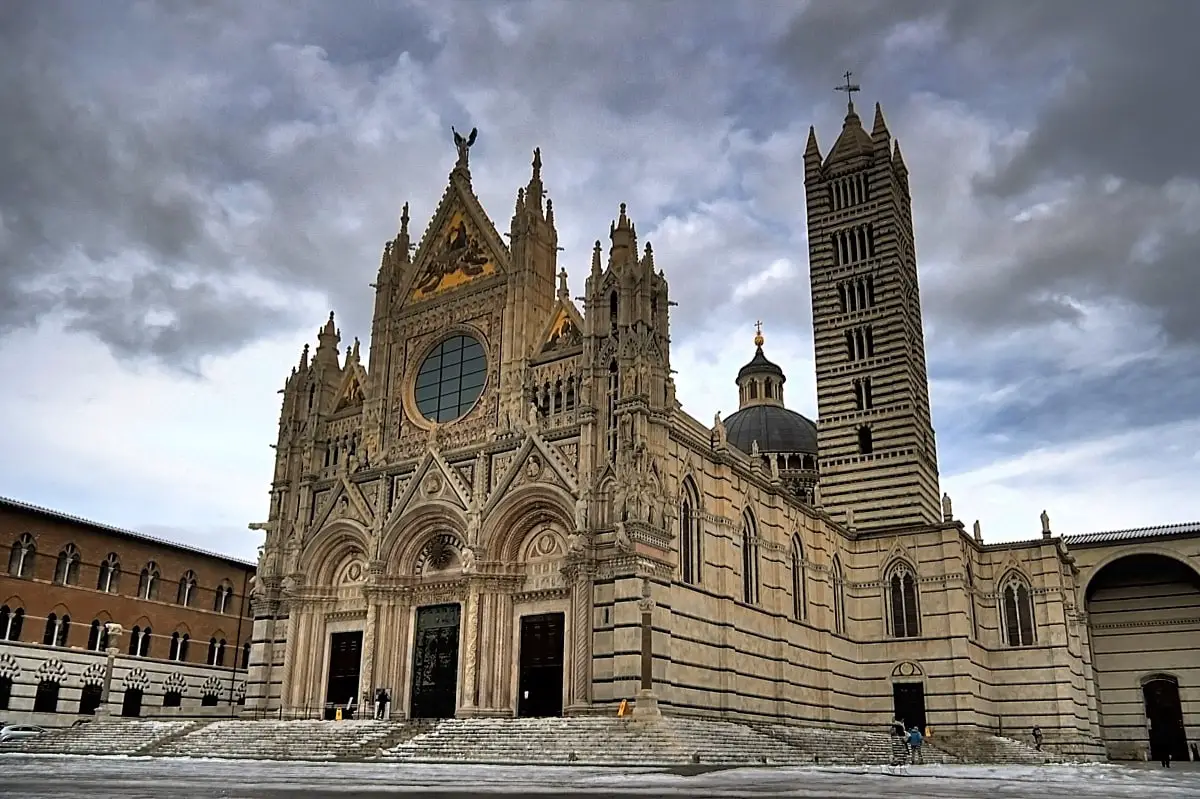
Top 10 most beautiful churches of Italy
This article lists the greatest churches of Italy: the best ones among the hundreds of very interesting buildings. Each of them has unusual and beautiful architecture, great works of art, and with an exciting history that sometimes is 2 thousand years long.
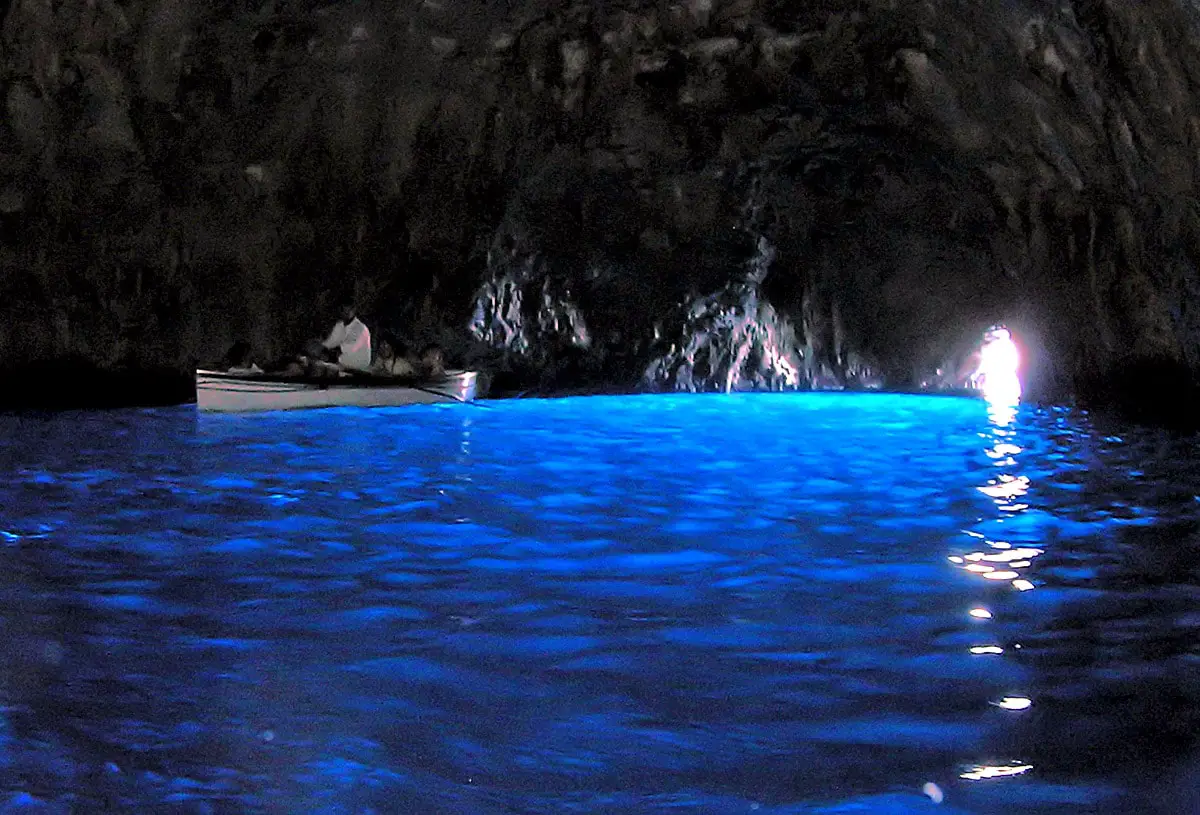
Wonders of Italy
Italy is one of the most popular destinations in the world due to its unsurpassed cultural heritage – this country has got some of the finest monuments of architecture and art in the world.
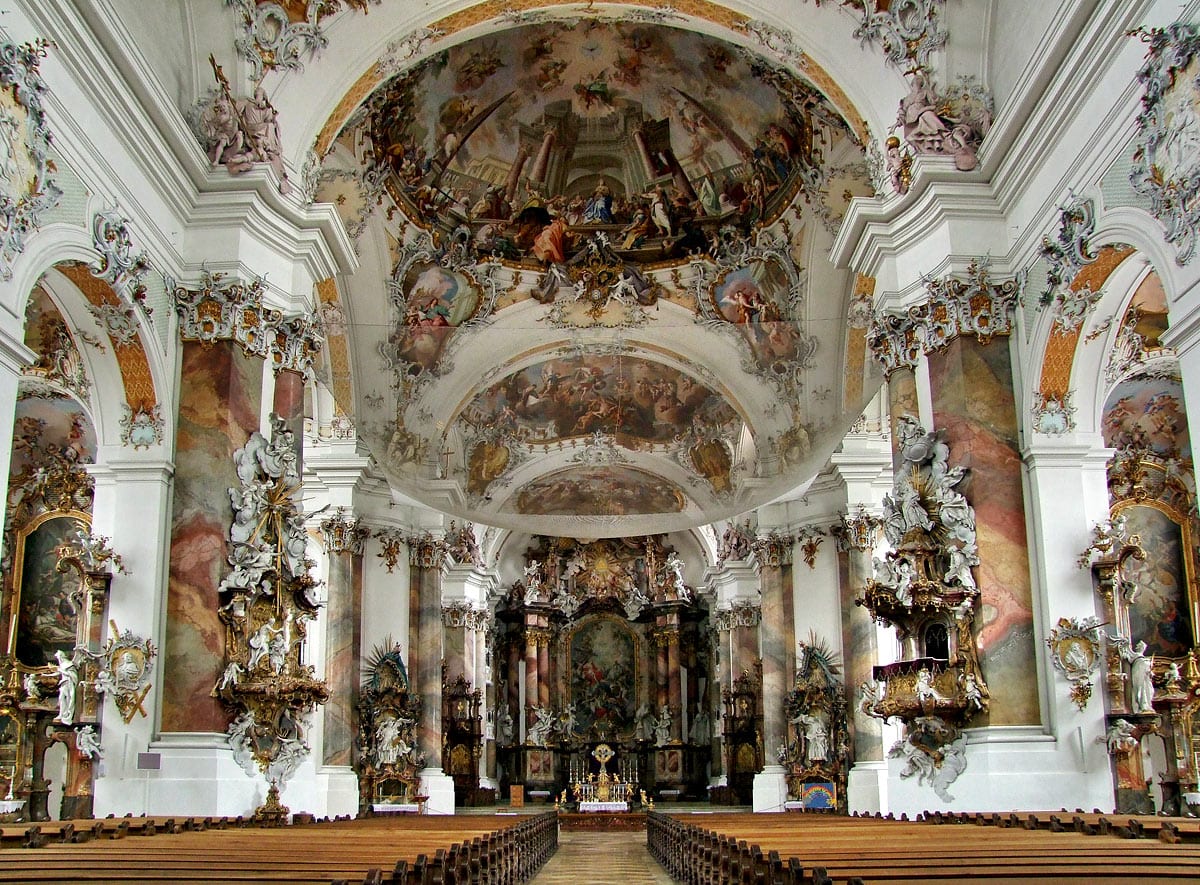
Churches
Throughout the millennia Christian churches have been the epitome of architecture and arts achievements in Western culture.
 Recommended books
Recommended books
Pisa Travel Guide
The Quick Trips to Italy Series provides key information about the best sights and experiences if you have just a few days to spend in the exciting destination of Pisa.
Rick Steves Italy 2018
From the Mediterranean to the Alps, from fine art to fine pasta: with Rick Steves on your side, Italy can be yours!

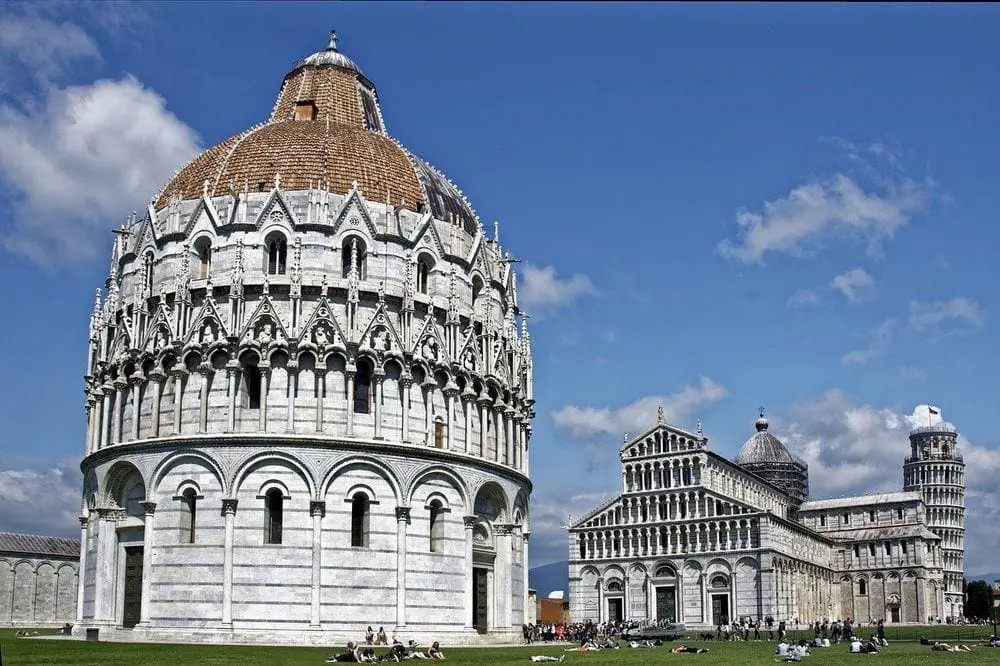
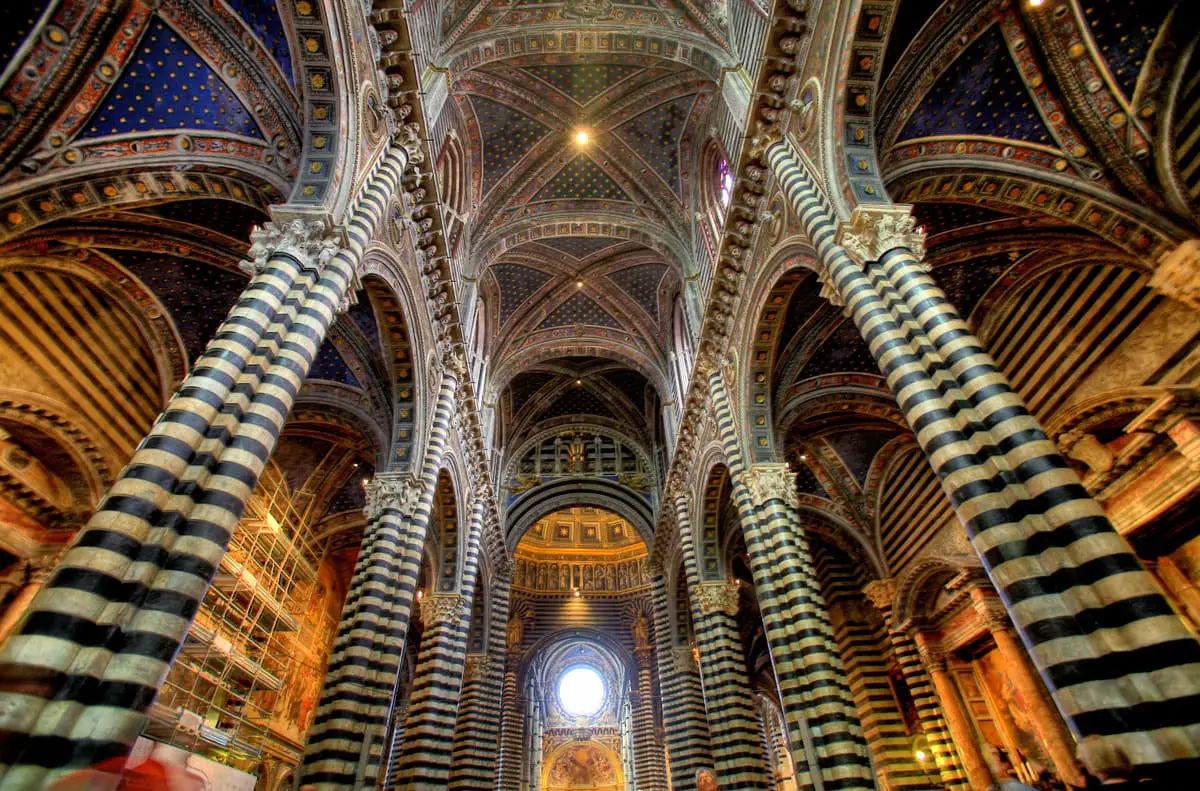


[…] Cathedral is also the oldest of the three structures in the square. Many refer to it as the Duomo of Santa Maria Assunta because it is devoted to the Assumption of the Virgin […]